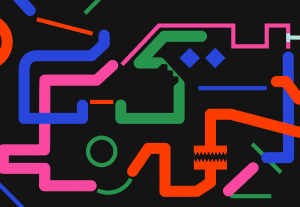- Accessibility, Customer Experience, Design, Patterns and Components, Usability, UX Education, UX Magazine
Breaking UX principles on purpose? No way! However, Snapchat and Netflix didn’t hesitate in doing so. And after all, who says we can’t occasionally break UX guidelines if it’s for the good cause?
Article by Kumar Shubham
How Snapchat and Netflix Break UX Design Principles
- The author takes a look at how Snapchat and Netflix purposefully break UX guidelines to achieve specific goals.
- Real user experience is all about understanding your customers’ needs and implementing solutions that meet their expectations.
Share:How Snapchat and Netflix Break UX Design Principles
Share this link
- August 26, 2022
4 min read







